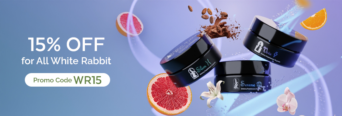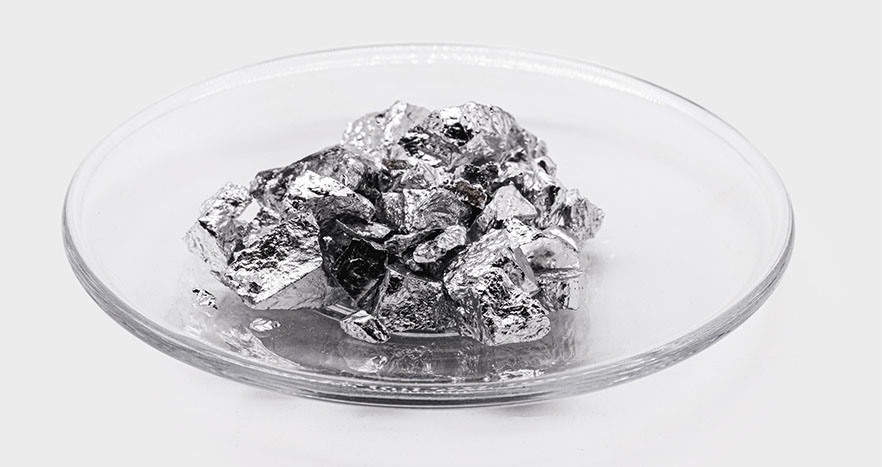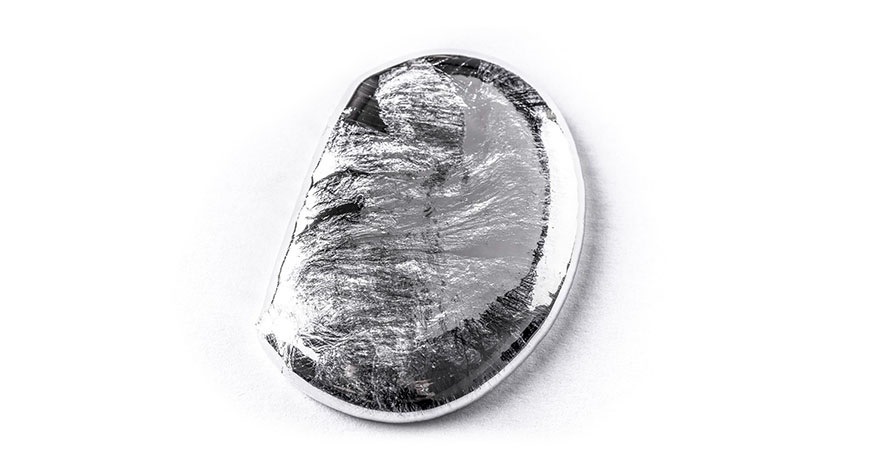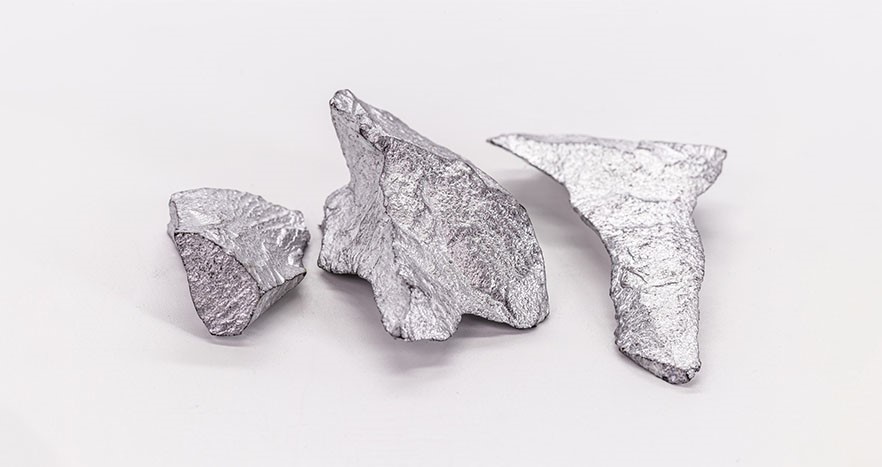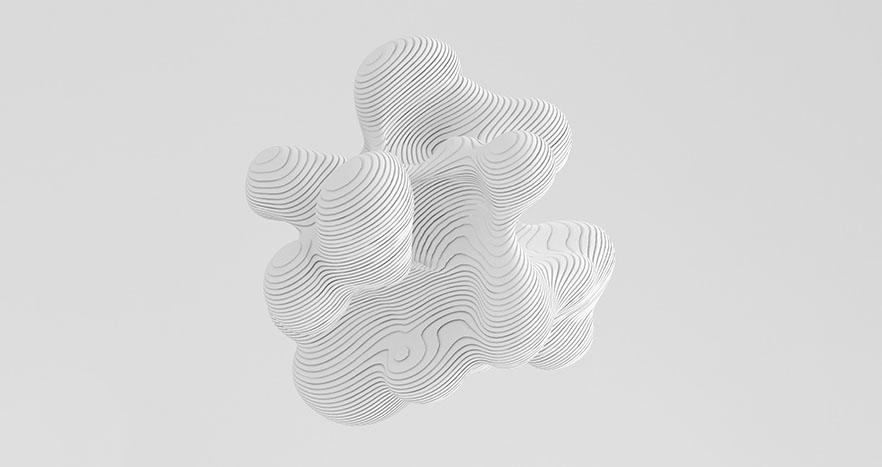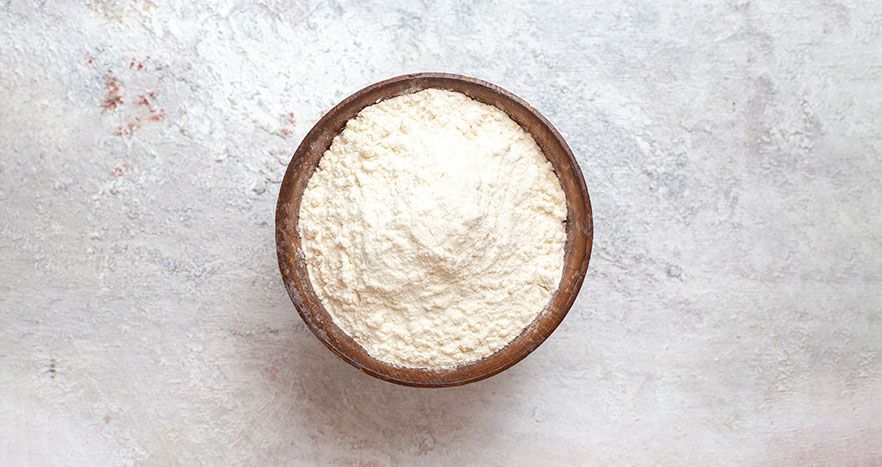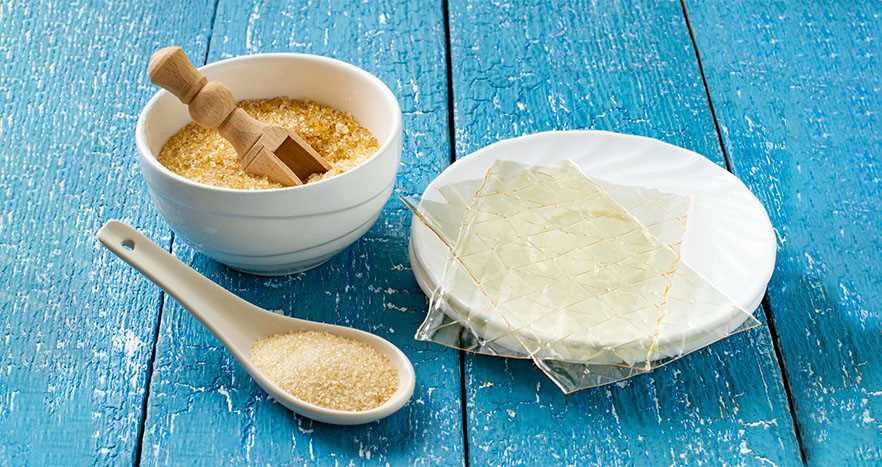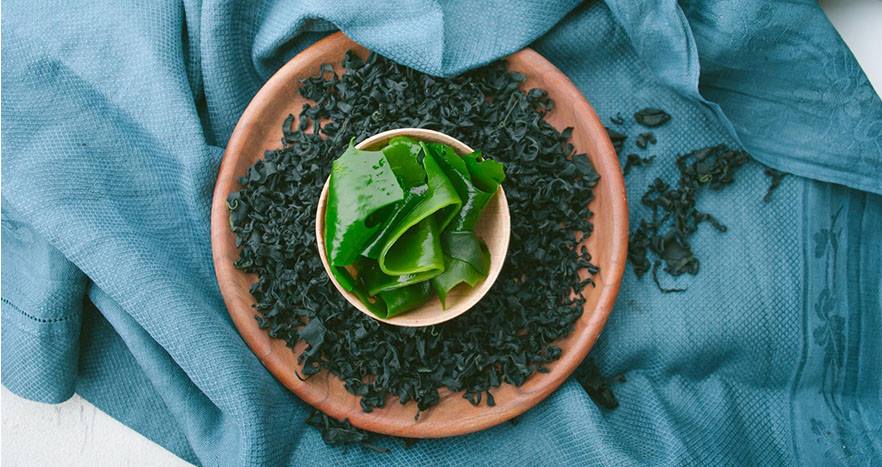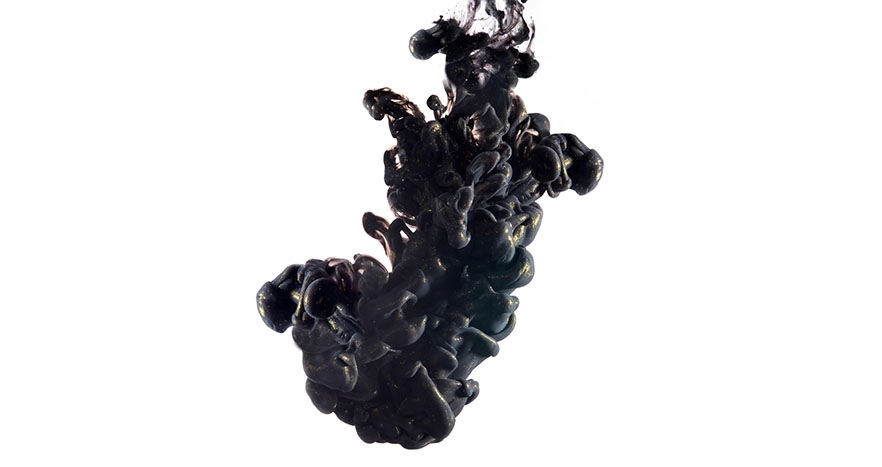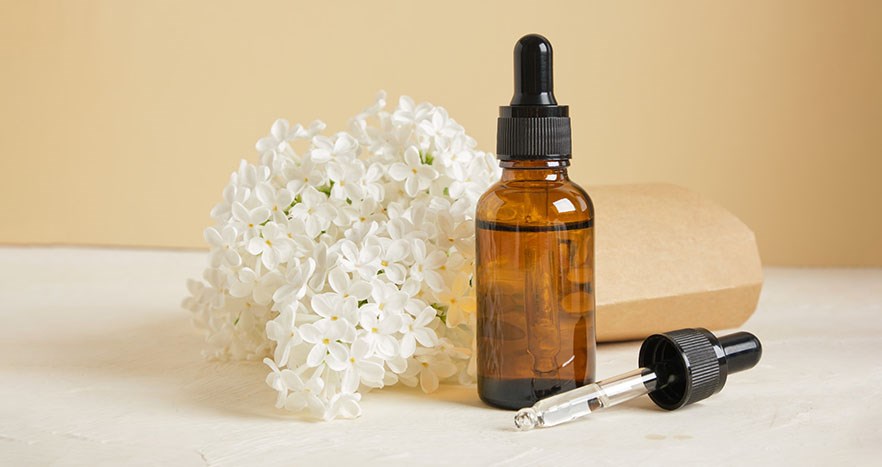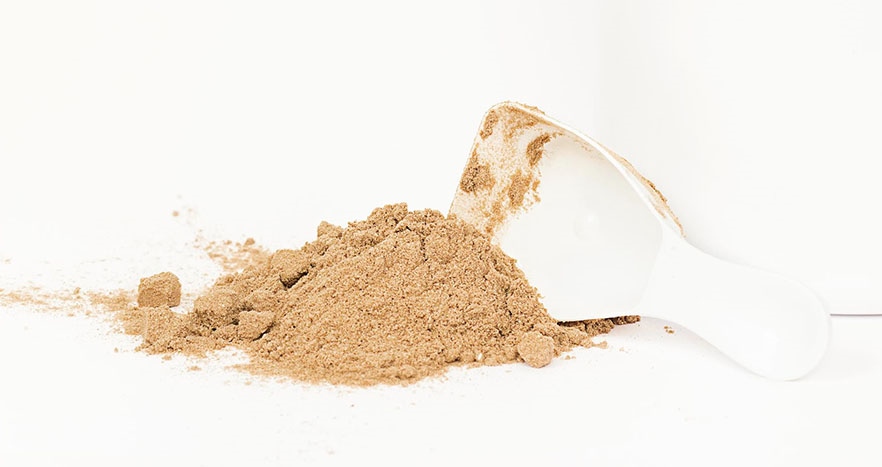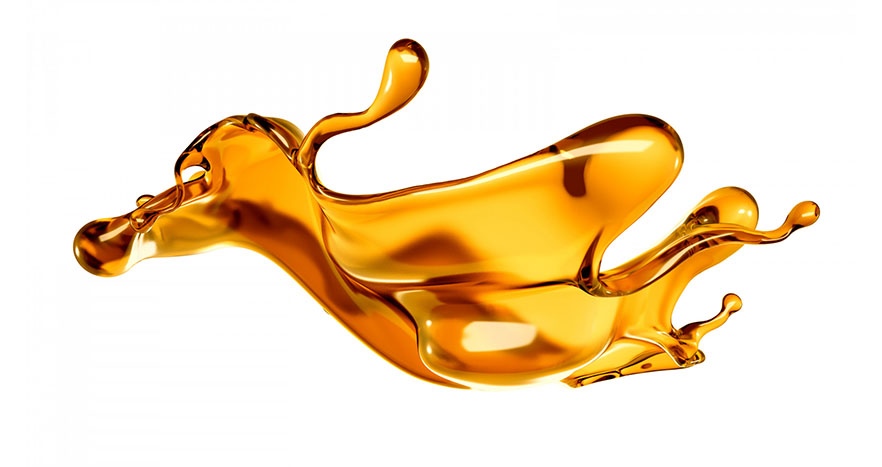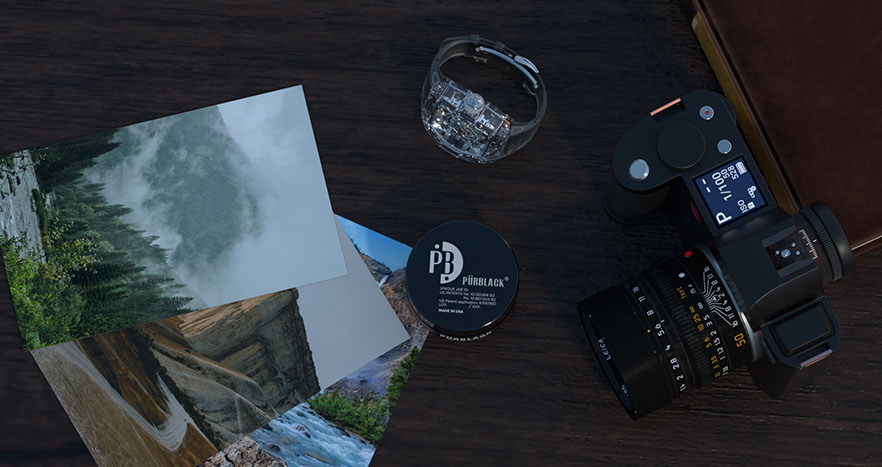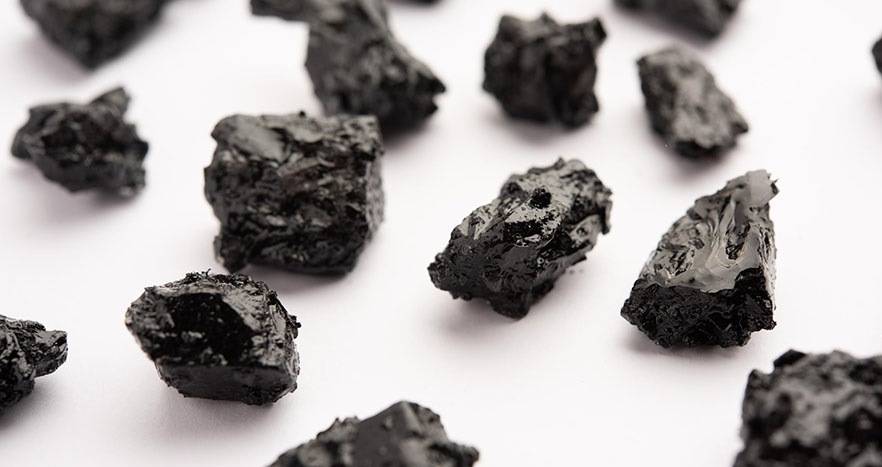Overdosing on anything will inevitably lead to health problems. Even with food, overeating, which is akin to overdosing on macronutrients, will lead to obesity, creating a cocktail of complications that might lead to a miserable life. Overdosing health supplements is a common problem that has sent some people to the emergency room, but why is it dangerous, and why do people overdose? Is too much shilajit dangerous? Is Shilajit safe?
People overdose because of the mistaken belief that more will deliver better health effects. But this is not true, at least to the majority of supplements. When taking more, you do not necessarily get a unique, heightened benefit, nor would it amplify the benefits you are experiencing. but instead, you would only be exposing yourself to danger. In reality, the effects of many vitamins and herbal supplements have a ceiling. When it reaches that ceiling, no additional benefit can be had.
This may be the reason why studies show that nutrient supplements do not exactly help at all. That eating whole nutritious food is more enough to be healthy. A huge number of people who use supplements are in fact healthy, and taking supplements has no effect on them whatsoever. Still, taking low dose supplements may help, especially for those who are sure that they are not getting the right amount of nutrients from food, have conditions and diseases where a nutrient boost can help with, and those who are experience unique physiological and mental changes like pregnancy, menopause, puberty, among other things.
Nutrient toxicity, although rare, still occur, and in today’s time, most cases of overdosing involve health supplements. Too many vitamins and minerals can lead to a whole host of problems. Our bodies can actually deal with minor nutrient toxicities. But prolonged intake well beyond recommended levels for an extended period of time will no doubt lead to serious problems. For example, too much vitamin A may cause hair loss.1 Too much fluoride can cause bone and teeth problems2, and too much selenium leads to selenosis, which displays a wide range of health problems ranging from hair loss, nail loss, irritability, and even nerve damage.3
Herbal supplements are not exempt, and too much can have negative effects on the body. For instance, too much herbal tea can cause Iron deficiency4, and too much ginseng may cause nervousness and insomnia.5 But does taking shilajit, well beyond the recommended dose, be dangerous?
Shilajit Safety
You would be hard pressed to find any cases of shilajit overdose. In a small scale study, results confirm that shilajit overdose is not toxic to the human body, and neither does it affect or modify any physiological component or systems in our cells. The same study suggests that taking more may actually promote better blood lipid profiles and healthier antioxidant levels in the blood.6
Long-term taking of shilajit is also possible. The main criteria are that the product must be of good quality and you must not have any contraindications.
In another study, shilajit overdose was initiated with rats for as high as 5000mg/kg for 91 days. Researchers wanted to find out if the high levels of iron found in the shilajit resin would cause problems for the rats. In essence, the researchers wanted to see if the iron in shilajit overdosing is harmful. Histopathology revealed that no significant changes in any of the organs and the weight of the rats were observed even.7
Abnormally high levels of heavy metals, presence of microorganisms, impurities from improperly processed resin, powder, tincture, including watered-down resin, are the only logical source when talking about shilajit related overdosing side effects. To a lesser extent, one may experience undesirable effects from the additives some vendors add in their shilajit products.8
The lax regulatory environment for food supplements in the US makes it possible for unscrupulous vendors and shady companies to sell even when they lack solid or verifiable proof that their products are safe for human consumption. It is interesting to note, in the US, supplements are safe until proven unsafe. In this scenario, it will take someone to experience mild to serious side effects first, supplemented by an official complaint before they start investigating what makes the supplement unsafe.
Heavy Metals like Lead, Mercury, Cadmium and Arsenic
Any shilajit even the highest quality one will contain very small amounts of heavy metals. Heavy metals are contained in most foods we eat and even the air we breathe. What is important is that the amounts are truly very small. If you get a Certificate of Analysis for heavy metal testing, which looks too good to be true, and there is absolutely no presence of heavy metals detected, you should question the source of the Certificate of Analysis and the integrity of the company. At the time when this article is written, there is no technology available to completely remove heavy metals from shilajit or most foods we consume.
You should never eat raw shilajit. Raw shilajit overdose is extremely dangerous, not because of the shilajit itself, but the contaminants in the raw product. Heavy metals and various microorganisms like E Coli and Salmonella often contaminate the raw material. The first step to making sure that shilajit is safe for use that it is free from those bad elements. Not all brands, however, do this properly, and some imported brands have been found to contain heavy metals in concerning amounts.
Take note that most of these heavy metals are contained in the food we regularly eat and in our surroundings too, and we are regularly exposed to them. They are not harmful in incredibly small amounts, and our bodies can take care of them, and remove them through the kidneys. In fact, except mercury, most of the elements mentioned can be found in trace amounts in our bodies. It is only at toxic levels do they pose life-threatening effects.
Lead and Mercury
Lead is hazardous when toxic levels enter the body through the mouth or even being exposed to it in the air or water. Lead causes weakness increases the risks of kidney, liver, brain damage, and even death. Side effects of lead toxicity include pain in the abdominal area, constipation, weakness, memory loss, and lack of appetite. Mercury shares the same side effects, including tremors, muscle atrophy, and even death in severe cases. Mercury is also present in the air in the form of mercury vapor.
Cadmium and Arsenic
Cadmium toxicity leads to kidney disease and causes osteoporosis. Side effects of cadmium toxicity include chills, muscle pain, and fever. Arsenic poisoning results in a garlic smelling breath, excessive saliva, blood in the urine (hematuria), muscle cramps, hair loss, vomiting, diarrhea, and more. Arsenic is found in groundwater, although recently, some reports say that the element showed up in everyday grocery food items like packaged fruit juice.
The truth is, most of the food we eat contains ultra-trace levels of heavy metals. The things we use every day, the places we go to, and the very earth we walk on exposes us to these heavy metals. Exposure is inevitable. It is in the blood level values, and the duration of exposure and how severe that we should put our focus on. The food we eat contains minimal (parts per billion) amounts of lead, mercury, cadmium, and arsenic. The water we drink contains a harmless level of arsenic. In their organic form (when they bind with other molecules and atoms like carbon), these metals go out of the body through urine and feces and do not harm the body. Severe effects from heavy metal toxicity often occur when they are in quantities that far exceed what our bodies can contain and if we are exposed to their inorganic forms or raw metal states. These are more difficult to remove from the body and accumulates in our tissues and blood, causing initially side effects and then long-term permanent disabilities.
Bear in mind that only through blood sample testing will we be able to analyze metal levels in the body.
- For lead, no more than 10 μg/dl or 0.48 micromoles per liter (µmol/L) is normal for adults.
- For Cadmium, the acceptable level is 0.03–0.12 μg/dl.
- For mercury, blood levels of 20 μg/L or below is considered normal.
- For arsenic, blood levels should report no more than 50mcg/L.
If you experience side effects while using shilajit from an unknown, untrusted brand, be wary that it may be due to the heavy metal levels. We highly recommend buying from reputable sources only — those who can provide shilajit safety certificates for both heavy metals and microbiology, and can prove authenticity.
If you want to learn more about our heavy metals certification, please send a request through customer support.
Fillers, Binders, Coatings, & Flavorings
Vitamin and herbal supplements usually contain a few more ingredients that you will not readily find any information about in the labeling, or at least, the quantification is not shown. If you ever wondered why a tablet holds its shape, why a capsule is easy to follow, or why supplements come in all sorts of colors, flavors, and shapes, those unique traits are courtesy of these substances. Generally, most additives are harmless, like cellulose and gelatin, and some are actually beneficial like starch helping in nutrient transporter. Non-governmental agencies believe that growing evidence exists that some commonly added ingredients may be harmful to the human body. Most, if not all, do not add any nutritional value, nor do we need them the way we do for nutrients.
These are:
- Binders
- Fillers
- Flavorings and colorings
- Preservatives,
- Coatings and Lubricants
If you scrutinize your supplement label, the above is likely listed as “others,” “inactive,” or “other ingredients.” The value of these additives is not indicated as to how much each capsule contains. Will these additives cause any adverse effects?
Fillers
Fillers add mass or bulk to a product so that it looks like there is more of the substance. Powdered Shilajit, including capsules and tablets, typically use some sort of filler.. 500mg of capsulized shilajit for less than 30 cents is unlikely to contain 500mg of actual shilajit, which is very expensive even for that small a dose. Look at the ingredient list and see if they contain cellulose or gelatin. We bet that most of your money will go towards paying those fillers than actually getting the real thing. Try to stay away from anything that is not shilajit in a resin form. Never trade quality shilajit resin for convenience of a capsule, tincture or a drop. All these forms usually have undeclared fillers and use the lowest quality raw material as it is easy to hide in such a form. Other popular fillers to use in capsules and shilajit drops are charcoal, chalk or fertilizer grade fulvic acid.
Binders
Binders allow supplements to hold form and shape. Shilajit tablets contain binders to keep their tablet or pill form. Without those, the powder will crumble away. Cellulose is a commonly used binding agent and is a natural component of plant cell walls. Gelatin is another binding agent from animal collagen. These two are generally safe for human consumption, but you do not necessarily need them either. These ingredients do not add any nutritional value. If you own a bottle of powdered shilajit or shilajit tablets or capsules, go ahead and check the ingredients list. We guarantee that at least cellulose is present.
Our point is relatively simple. If a company uses these two in their ingredients list but still label their products as either “all shilajit” or “100% pure shilajit”, then they are already misleading their buyers.
Thickening Agents
For resin imitations or those that sell watered-down shilajit (We are looking at you, tinctures, and oils), the use of thickening agents is highly probable. Carrageenan is a common sea-weed based thickening agent and emulsifier. You can find carrageenan in many food products, including drinks. Even meat products use carrageenan since they also act as a preservative. Studies suggest carrageenan may aggravate gastrointestinal distress. Why use thickening agents, you ask? The raw shilajit may be heavily diluted.
Thickening agents help achieve a resinous, or gooey consistency. This allows manufacturers to make more of their diluted shilajit and to mimic authentic resin.
Artificial Colorings
Artificial colors are usually used to deal with color loss during processing, especially for vitamins. One of the most popular artificial colors is Red #40. It was later found to cause hyperactivity among children. Some supplements also contain dyes, and children may react adversely to these substances. Dyes were linked to increased cancer rates and the development of allergies. The Center for Science in the Public Interest conducted research and found that some artificial colors used in vitamins and supplements were potentially cancer-causing agents. There is an ongoing petition with the FDA to take action and be more aggressive in regulating the use of such colors. The European Union has passed legislation that effectively bans the use of food dyes on supplements. They also call that manufacturers add a label appraising customers that the colorings may have an effect on activity and attention in children.
It is also interesting to note that the use of artificial colors cover up the color loss, telling us that much of the vitamin may have been degraded by light, moisture, air, and heat. If not, then there would be no need to utilize colorings. Fulvic acid from humus sources has a brown to light brown color to it. Unlike shilajit, which generally comes in tar-like black to dark brown color. To mimic the color of real shilajit, vendors might use colorings to achieve a darker, glossy hue.
A colorant regularly used in supplements, as well as cosmetic products, is titanium dioxide. It gives supplements a clean white appearance, which is appealing to most since much associate white for purity and cleanliness. However, titanium dioxide has been linked to problems with the immune system, progression of inflammations, Kidney issues, and even problems in DNA.
Granted that shilajit companies might not sell you a red or yellow colored shilajit powder or resin, every once in awhile, you will find the so-called “top-grade” and “gold shilajit.”
Golden shilajit or white shilajit is said to be the highest in terms of quality. To imitate, manufacturers will use food coloring since this kind of shilajit is incredibly rare in nature.
There is no hard evidence that any of these other forms of shilajit with a unique color other than black have any added advantage. In our case, we stick to the color that is well studied already. Those who do not know their shilajit will likely fall prey to this deceptive form of advertising, which unfortunately is quite common.
Flavorings
Flavorings are usually added to mask an unpleasant taste or smell of an ingredient or to make it so that it is more tolerable when consumed. There is no reason why supplements need to have flavor. As for the mineral pitch, imitators might use synthetic flavors. Shilajit has an earthy herbal taste to it and is quite pungent in smell — a unique trait that is not present in many imitations. Unscrupulous vendors may add flavorings to mimic the same scent or taste.
The most common flavoring agents for shilajit are burnt sugar and honey. Using honey allows marketers to greatly improve the flavor of the shilajit resin, and claim “high quality” honey additive. In reality, there is no way to verify if a manufacturer/marketer used a super expensive high UMF grade honey or the cheapest honey with sugar mixed into it. Honey is also sometimes used as a thickener if shilajit itself is so thin from high water content that some kind of improvement is needed.
Preservatives
Preservatives are generally used to keep organic components in supplements fresh and to store for longer. BHT or butylated hydroxytoluene is a common preservative. It is also used by the cosmetics industry and in embalming fluid. BHT has been linked to certain forms and cancer and may be harmful to your liver. Potassium Sorbate is also a preservative common in the food industry.but is usually made from synthetic materials, and reports suggest that it increases allergy sensitivity, causes indigestion and nausea.
There is no need to preserve shilajit as it is a by-product of a complex fermentation process of unique medicinal plants. The fermentation process acts as a natural preserve for organic compounds in the resin. Some Ayurveda experts claim that samples used in Ancient India were over a thousand years old! It is unlikely that such substance will ever require preservation, nor will it carry an expiry date if it is that old, to begin with. There is no need to add preservatives to authentic shilajit. You only use preservatives when herbal extracts, organic compounds, and synthetic substances will be mixed to it. There are no shilajit brands known to us which use preservatives in their shilajit.
Lubricants
Hydrogenated oils, a common additive, is typically used as a lubricant and as a cheap filler. If you are taking supplements, you might be unknowingly taking trans fat in your diet. Lubricants are typically used to avoid clumping and sticking of raw materials on the equipment during the manufacturing process. Examples of these excipients include Stearic Acid, a trans fatty acid found in meat, butter and eggs, and Magnesium Stearate, which is stearic acid with magnesium added to it. Sources for stearic acid include cottonseed, canola oil, and palm oil. It may sound right that the mentioned sources are plant-based; however, there is credible evidence that these three sources are typically modified genetically.
In one study, stearic acid was found to inhibit T cells in rats, an integral cellular component of our immune system. it is best to be safe and just avoid the potential risks. Magnesium Silicate, commonly known as talc, is used in many powder-based supplements to prevent caking. The FDA does not consider TALC as food grade. Silicon dioxide is also a common anti-caking agent that is naturally found in sand.
Hydrogenated Fat
Hydrogenated fats are used as a filler as well. Americans have this “bigger is better” mentality. Seeing a higher gram per tablet is perceived as “better,” but what you are getting here are just cheap fillers with no nutritional value and no unique substances that would bring health benefits.
Not all excipients and additives are harmful to the body. Cellulose and gelatin are harmless and unnecessary from a nutritive standpoint. Starch, for example, is common in many vitamins because it is a cheap, yet capable nutrient transporter and protects nutrient decay while in the stomach. You could make the argument that safe additives and fillers are necessary. However, authentic shilajit will not need any of these at all.
- Shilajit is a resin in nature and should only be sold and consumed as such. There is no need to add fillers and additives to a resin. Otherwise, it will no longer be a resin. Ask yourself, why is it not a resin? And why does it contain additives and fillers? This is a question of authenticity and safety.
- Shilajit will keep for years as long as you store it in a proper container and stored in a cool, dry place – there is no need for preservatives. Miron glass is the preferred container for shilajit resin.
- Authentic resin has an herbal, earthy taste and smells pungent – there is no need to add flavorings. If it does not taste or smell right, it might be fake.
- Any authentic shilajit will not need any binders, anti-caking agents, and lubricants. If the instruction label mentions any ingredient, it might be fake.
Humus Based Bioactives
The popularity of shilajit caused a boom in demand that many vendors started using imitation ingredients from humus. Basically, the source is soil. Shilajit is rare; that is why authentic resin is expensive. But sellers of imitation mineral pitch can sell tablets and powders for a fraction of the cost. These products contain little to no shilajit. Fillers and soil sourced bioactives fill most of the cheap powders and pills.
Other sellers obtain their “shilajit” from sedimentary rock formations, and not from actual shilajit bearing rocks. These humic substances are no doubt useful to human health but does not compare in terms of efficacy and quality with what is found in shilajit. These humic acids are the same you will find in fertilizer.
You might be wondering, why does it matter where it is from? What makes shilajit fulvic acid or any of its humic acids unique? The answer lies in what fermented plants, the place or location, what rocks shilajit accumulates on, temperature, pressure, altitude, moisture, and the microorganisms responsible for the breakdown. The interplay of these factors is crucial in making the resin what we know of it today.
Where shilajit is found may also play a role in its quality. Himalayan Shilajit is claimed to contain higher fulvic acid levels than samples in Altai. Shilajit found in Siberia is known to help promote bone healing far better than other sources. Andean shilajit is said to help promote excellent memory retention and assists graceful aging. The unique vegetation and specific climate in these areas are logical reasons why authentic shilajit differs from shilajit extracts with soil sourced bioactives.
Soil-based humic substances may pose side effects, too, primarily due to where they are sourced or harvested. Mineral and nutrient content may be less due to the ever-decreasing levels of minerals and nutrients naturally occurring in the soil.
Shilajit is not Fulvic Acid
Shilajit is not all about fulvic acid. Be wary when a shilajit company advertises more on fulvic acid than the resin is. Many advertise their products like fulvic acid is the only thing beautiful from the substance. They emphasize fulvic acid concentration too. This is a telltale sign, a guarantee that the fulvic acid content is not from shilajit at all.
Raw & Unprocessed Shilajit
Toxins, heavy metals, and even free radicals contaminate raw shilajit. Mycotoxins are made by mold and fungi, that can injure human cells. Free radicals cause damage to cells and are mainly responsible for accelerating aging, cancer, and other severe conditions. Heavy metals also pose a grave threat to human health and may cause cancer, organ damage, and even death.
Heavy metals, mycotoxins, and other harmful microbes that were found in dirty samples and may be responsible for the side effects some people claim shilajit presents. Lack of regulation and stringent standards make it difficult to know for sure whether the supplements being sold are safe and free from impurities.
Laboratory testing is the best way to identify the presence of these contaminants, but it is obviously not practical to have every dose or even purchase checked. Certificates of Analysis is helpful and serve as the only proof we have of authenticity and safety.
Early Ayurvedic literature discusses why purifying shilajit with sunlight and cooking the resin is essential and necessary. Raw shilajit collected from the mountains contains plant residue, soils, sand and rock pebbles. Removing this inorganic material is the first step.
The Sushruta Samhita and Charaka Samhita emphasized purification to get the most out of the raw material. The methods, however, were primitive. Some locals who sell shilajit in rural markets in Asia still use these methods. We strongly suggest refraining from purchasing shilajit in flea markets in Asia. Reports claim that those flea markets sell poorly processed resin. There were even wild claims that vendors used “cow urine” to imitate the smell of genuine shilajit. Take that as you will.
We also suggest skipping the powdered forms being sold all over India and Asia in general. Heavy metal contamination and fakes are rampant over there.
Heavy metal contamination is a legitimate concern now that shilajit demand has grown. In one study, researchers discovered that a range of herbal supplements coming from India, China, Nepal, and Pakistan contained dangerous levels of heavy metals. You must know where your resin comes from, and the purification involved, and if the manufacturer can produce certificates of chemical and microbial analysis, and certificates of authenticity. You need to exercise caution, more so if the form is in powder and tincture.
Scientific studies today confirm that only the purified resin shows all of the benefits associated with mineral pitch. Most resins in the western market have some level of purification done to them. But the purification process differs thus end product varies in quality and efficacy.
Purification Methods
Only purified resin is fit for human consumption. The raw material collected is usually mixed with organic and inorganic components.
Traditional Method
Simple water extraction is carried out to remove the insoluble impurities. These impurities settle down in the water, effectively separating from the useful parts of the raw material. With the contaminants removed, the water is filtered, removing the water to produce a concentrated extract. The extract is later exposed to heat or sunlight.
During this stage, pure resin forms from the filtrate, which is skimmed off. The heating process continues producing another layer, which is once again skimmed off. The process is repeated multiple times until all usable resin has been taken out.
Modern techniques usually differ in the heating process. Using sunlight as a heat source is not practical for large scale manufacturing. Consistency is the problem with the traditional method; It is challenging to ensure that each batch or layer skimmed is of the same quality as the previous. The bioactives present in the resin are heat sensitive too. If the heating process is not masterfully controlled, it will diminish the quality of the bioactive components or completely kill those off.
Pürblacktm Low Heat Process
Pürblack’s patented low-heat purification process allows the manufacture of a purified resin without damaging any of the useful bioactives. Pürblack combines art and science in creating its shilajit resin with safety in mind. Our resin is free from impurities and closest to nature.
Please send us a message via the Contact Form if you wish to know more about our granted patent.
| What To Avoid When Using Shilajit | Description |
| Prescription medication | While shilajit may be taken together with vitamins or other herbal supplements, you should avoid using it with prescription drugs as it may enhance its effect. |
| Tap Water | Tap water is most likely chlorinated. Chlorine is a chemical that appears to react with other molecules quickly. |
| Alcohol | Taking it together with alcohol may produce an unusual effect. It may work like an energy drink that wakes you up. Other times, it may increase the level of alcohol intoxication (being drunk). |
| Allergy | Please be cautious when taking Shilajit with any products that may trigger an allergic response. |
A sufficient dose to support health is 250-500 mg. Adults, including the elderly, can safely take more. Those with a more significant constitution are advised to take higher doses to supplement their body weight. The maximum quantity is 3 grams (in exceptional cases).
Shilajit is a good thing for your metabolism. Genuine shilajit will help you get the most out of everything you eat. In addition, if you are trying to lose weight, Pürblack Shilajit Live Resin will help you burn calories more efficiently to reach your weight faster.
An overdose of shilajit is not toxic to the human body. It does not affect or change any physiological processes in our cells. But you must ensure that you take a quality natural product without harmful ingredients.
Shilajit in resin form is the most genuine form of shilajit. You risk buying fakes by buying shilajit in powder, capsules, tablets, or suspensions. The resin contains that rich set of micro and macronutrients for which shilajit is well-known. The production of other forms of shilajit requires many processes of the substance and a vast amount of fillers and other additives.



